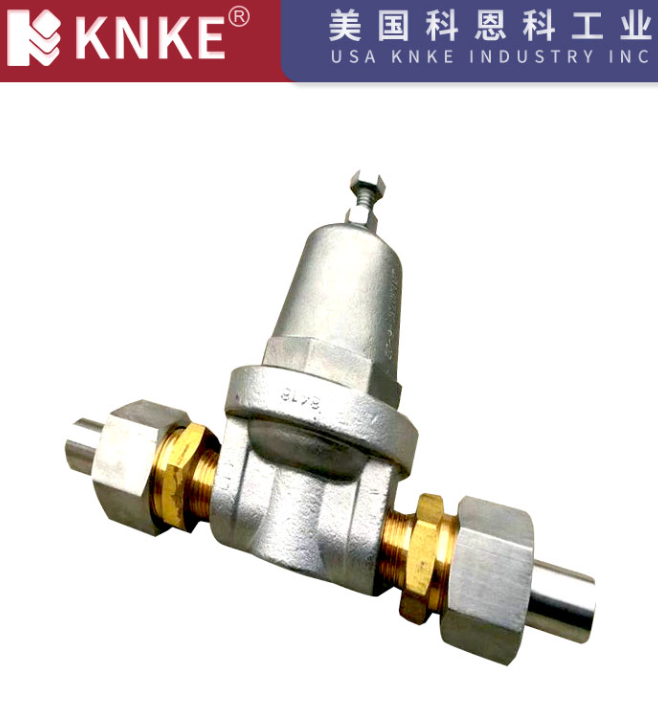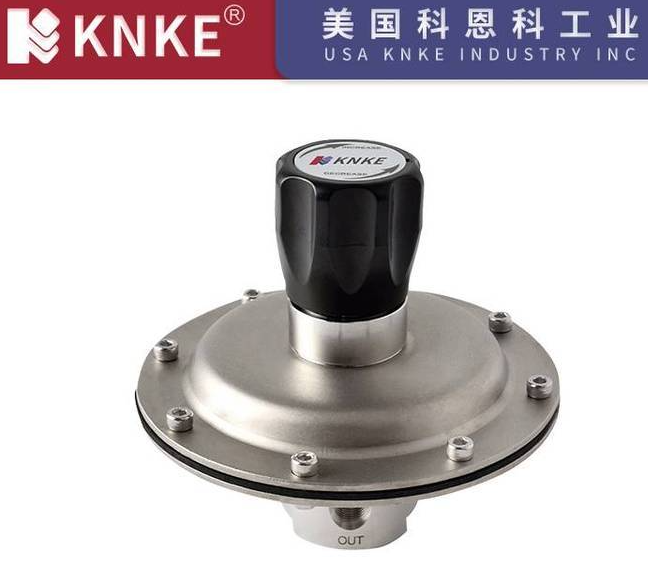Role of Pressure Reducing Valves
In fluid control systems, pressure reducing valves (PRVs) serve as critical components, ensuring safety and efficiency through precise pressure regulation. This article outlines their core functions, types, and selection tips to help you understand this essential device.
1、Core Functions: Pressure Regulation & Safety Protection

1. Stabilize Output Pressure
- Key Role: Reduce high input pressure (e.g., municipal water supply at 0.6MPa) to safe working pressure for equipment (household standard 0.3MPa), preventing pipeline leaks and equipment damage.
- Working Principle: Auto-adjust valve opening via real-time feedback control – narrow passage when pressure is too high, widen when too low, maintaining output within ±5% fluctuation.
2. Prevent Safety Hazards
- Gas Systems: Lower LPG cylinder pressure (1-1.5MPa) to 2.8kPa for domestic use, reducing gas leakage/explosion risks by 70%.
- High-Rise Water Supply: Mitigate high-pressure impact from vertical pipelines, extending the lifespan of water heaters and faucets.
2、Main Types & Applications
1. By Structural Design
| Type | Features | Applications |
|---|---|---|
| Diaphragm | Simple structure, low-medium pressure | Home gas/ water systems |
| Piston | High-pressure resistance, rigid sealing | Industrial hydraulics/steam pipes |
| Pilot-Operated | High precision (±1% fluctuation) | Pneumatic controls, precision instruments |
2. By Medium-Specific Design
- Gas PRVs: Anti-aging seals with pressure-locking mechanisms to prevent misadjustment.
- Steam PRVs: Metal bellows for 300℃ heat resistance, essential for industrial drying/sterilization equipment.
- Stainless Steel PRVs: Corrosion-resistant, suitable for chemical pipelines with acidic/alkaline media.
3、Selection & Installation Tips

1. Key Parameters to Match
- Medium Type: Gas/liquid/steam? Choose stainless steel for corrosive media, metal materials for high temperatures.
- Pressure Range: Inlet pressure ≥ 1.5x outlet pressure (e.g., 0.6MPa inlet for 0.4MPa outlet requirement).
- Flow Capacity: Select size by pipeline diameter (DN25 fits 10m³/h flow) to avoid restriction.
2. Installation & Maintenance
- Install pressure gauges and stop valves on both sides; add steam traps in steam systems to prevent water hammer.
- Regular checks: Calibrate quarterly (adjust if deviation >5%), replace seals annually (rubber parts last ~2 years).
4、Applications & Value
- Residential: Protect gas stoves and water heaters, reducing leakage risks and extending equipment life.
- Industrial: Stabilize 0.4-0.6MPa air supply for pneumatic devices, improve steam system energy efficiency by 15%+.
- Special Scenarios: Self-operated PRVs (for off-grid natural gas pipelines), safety-valve-integrated types (double protection for high-pressure systems).
Pressure reducing valves ensure system safety and efficiency through precise pressure control. Proper selection based on medium, pressure, and flow parameters, along with correct installation, significantly enhances equipment reliability and reduces accident risks. Explore more PRV knowledge for better fluid control safety.
